My Salpiglossis are fascinating, maybe you think so too.
photos from last years garden
Growing next to other Annuals, here next to the sky-blue Petunia.
With my old fashioned roses.
The Salpiglossis, belonging to the Solanacea family, is a cousin to the Petunia and is a Chilean Native.
First introduced to the United States in 1823. It is also known as Velvet Flower and/or Painted Tongue.
The name comes from two Greek words meaning trumpet and tongue.
They come in many sensational colors from black to purple to orange, red, yellow and blue.
They remind me of an exotic bird...
or a beautiful Butterfly.
Salpiglossis make long-lasting cut flowers, often fading to an even more sensational color.
Seeds are easy to find. They grow in many climates but prefer cool nights.
Have a great remainder of the week my dear
Blogging Friends,
Gina












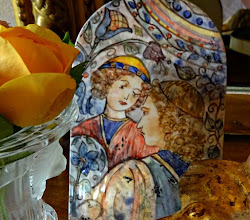


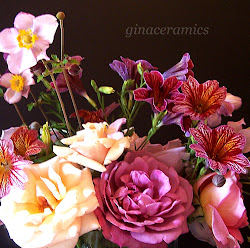
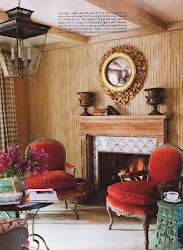



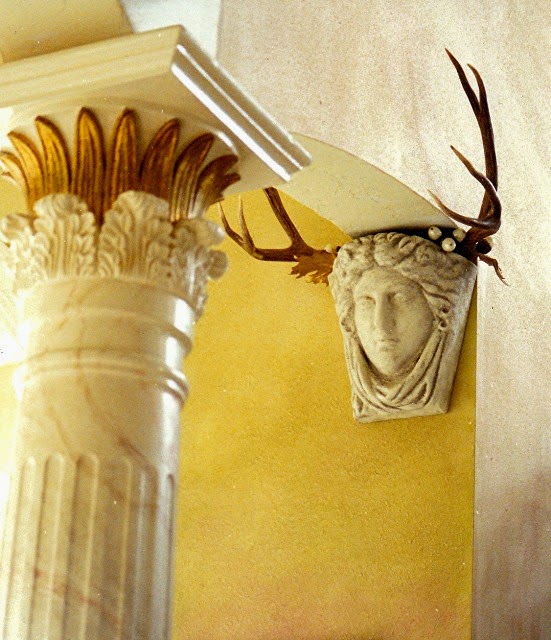

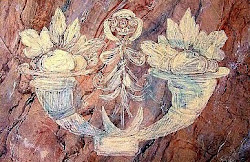
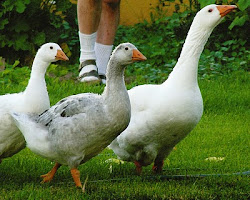
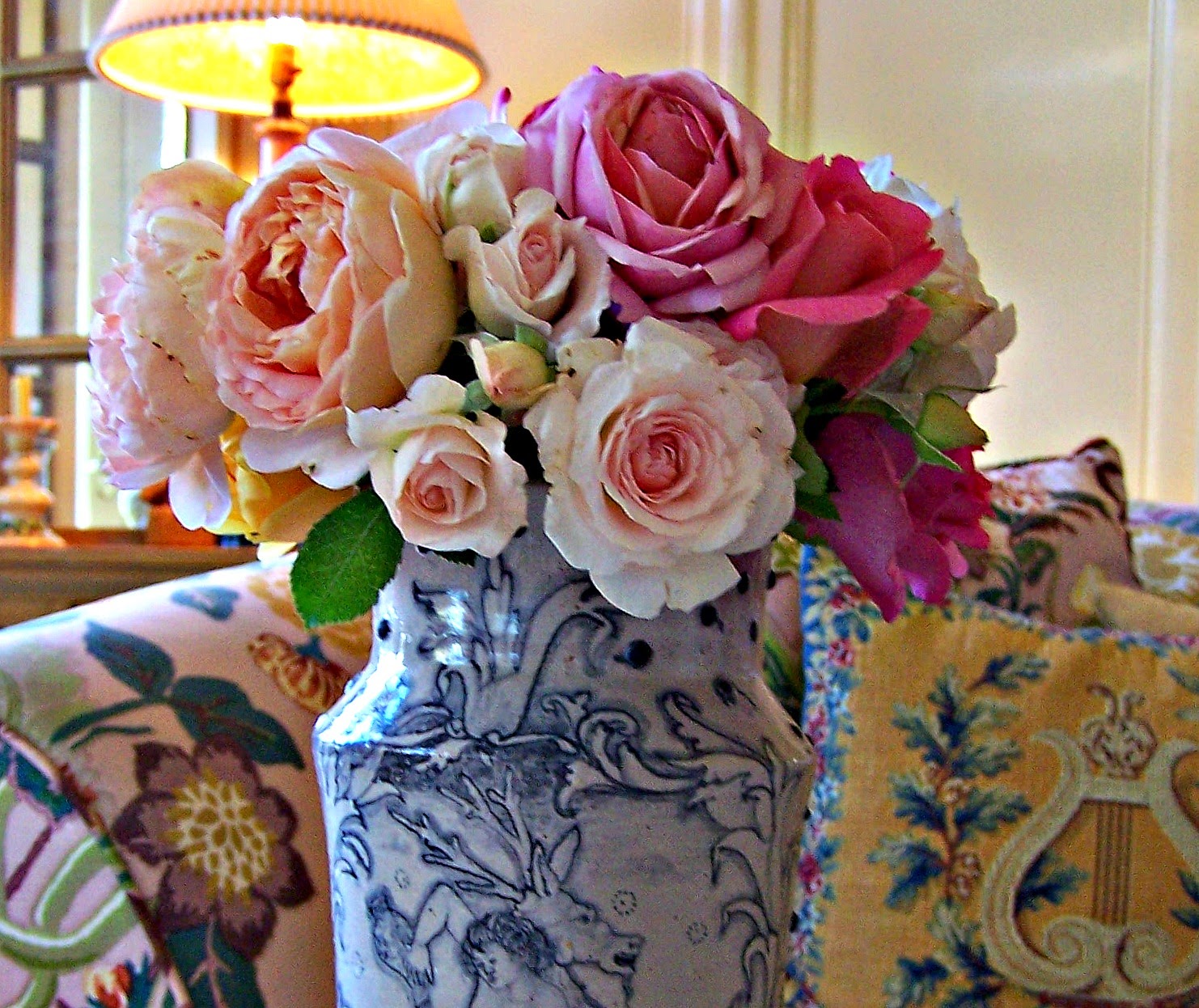

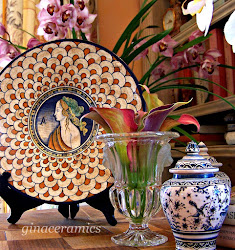



These are gorgeous. I don't think I've ever seen them before, but I will keep my eyes peeled for them now.
ReplyDelete- The Tablescaper
Dear Gina,
ReplyDeleteI am always blown over with the photos of your beautiful flowers and your garden.
I do not know these flowers, i have learnt something today. They are so lovely.
Your photos are amazing Gina.
Thank you so much for sharing
happy days
val
Dear Tablescaper, Ed Hume Seeds have beautiful Salpiglossis. Thompson & Morgan also sell Salpiglossis seeds. Or, if you like, I will have them available in my Etsy shop. Just let me know. I have saved the most beautiful colors from last year. ox, Gina
ReplyDeleteDear Val, I wish that I could send you some of my seeds. They would probably grow very early in the year in Portugal. Your climate is milder than it is here. They are actually quite cold hardy and they will bloom for me right into late Fall.
ReplyDeleteAnd, by the way, thank you for your sweet compliments. I am so pleased. ox, Gina
Again, I love the varigated flowers! And I notice that they really shine when put next to the flowers that are all of a solid color. Mixing the Salpiglossis and Rembrandts might well be like wearing pearls and diamonds!
ReplyDeleteDear Gina - so beautiful and stunning, I must watch for some seeds.
ReplyDeleteJeepers Gina, the many colorful varieties of those vein-detailed petals are amazing. I don't think that I've ever actually seen these flowers in a garden. Many thanks for the introduction!
ReplyDeletexo
Gina, oh these are so beautiful, each and every one. I have never heard of these before and such beauty and grandeur...love your shares, so elegant in beauty~
ReplyDeleteWell said Mark. I like pearls and diamonds. Every girl does, No?
ReplyDeleteDear Rosemary, I would think that Salpiglossis would do well in your climate. One caveat, you must give them a lot of room so that they can branch out and produce many flowers. You will find the seeds at Thompson & Morgan. Happy gardening, Gina
ReplyDeleteDear Frances, I am always so surprised that so few people know these flowers or grow them. They are so spectacular and so easy to grow. They look exotic but are very easy.
ReplyDeleteHi Mary, I've not seen anyone else grow these, which is strange because seeds are easily obtained. Salpiglossis have one enemy. An enemy I have yet to figure out. I think it's a little cut worm. Plants grow to maturity and then, all of a sudden, they just wilt and die.
ReplyDeleteGorgeous! What a great garden tip. Thank you.
ReplyDeleteHello German Gems, Hope you will try them this year...it's not too late to seed them into the ground directly. Make sure that you thin seedlings so that they have plenty of room to grow. Good Luck, Gina
ReplyDeleteJust one word for this post - BEAUTIFUL!!
ReplyDeleteHello Diane, Thank you for your visit and lovely compliment. I'm so glad that you like these beautiful flowers. They are an easy annual to grow. I'm surprised that they are not better known.
ReplyDelete